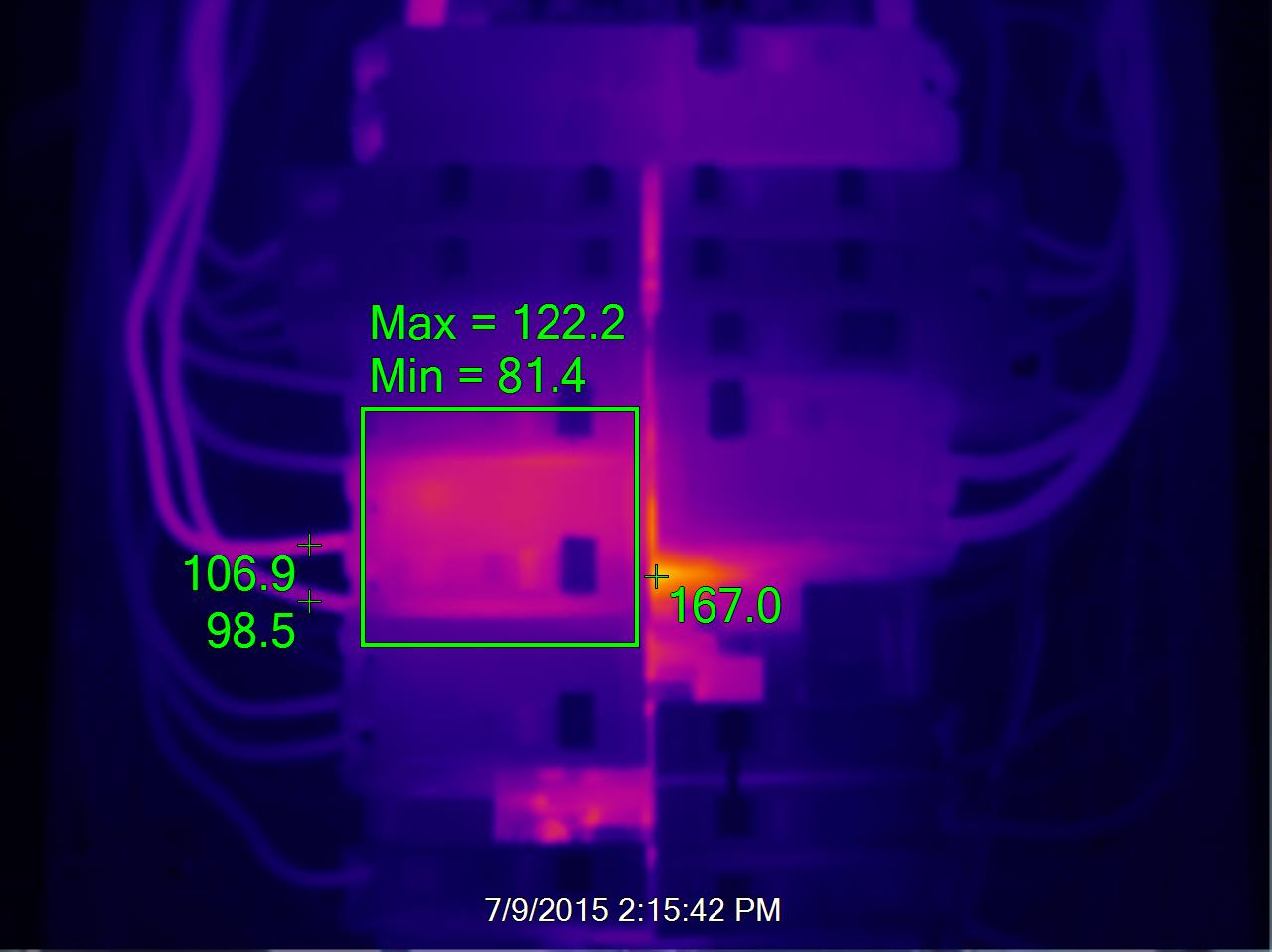When a problem is found in a commercial building, industrial building, home, or any other structure, these thermal images will be included in the final report and it is normally presented by the side of a normal picture of the affected area. With some newer model thermal cameras, you can switch between infrared and normal which means that both photos can be taken on the same device. With both photos in tow, all parties can see the damage and the extent.
However, thermal imaging has become essential for inspectors because it helps to pick up issues that otherwise wouldn’t be found with normal pictures. For example, a ceiling-wall junction might hold a water stain that is impossible to see with a digital camera. As soon as the dark spot is seen on the IR, the problem can be investigated. While a normal camera may show an old stain, the thermal imaging can confirm this or show that moisture still exists.
With most models, manufacturers will provide a starter kit with software. However, most users will just treat their thermal imaging devices just like their others and load them into a favoured program. Currently, there is no industry preferred software or method of reporting the images. Even now, more advances are being seen for IR cameras and they are quickly becoming one of the most important tools that an inspector can have.
